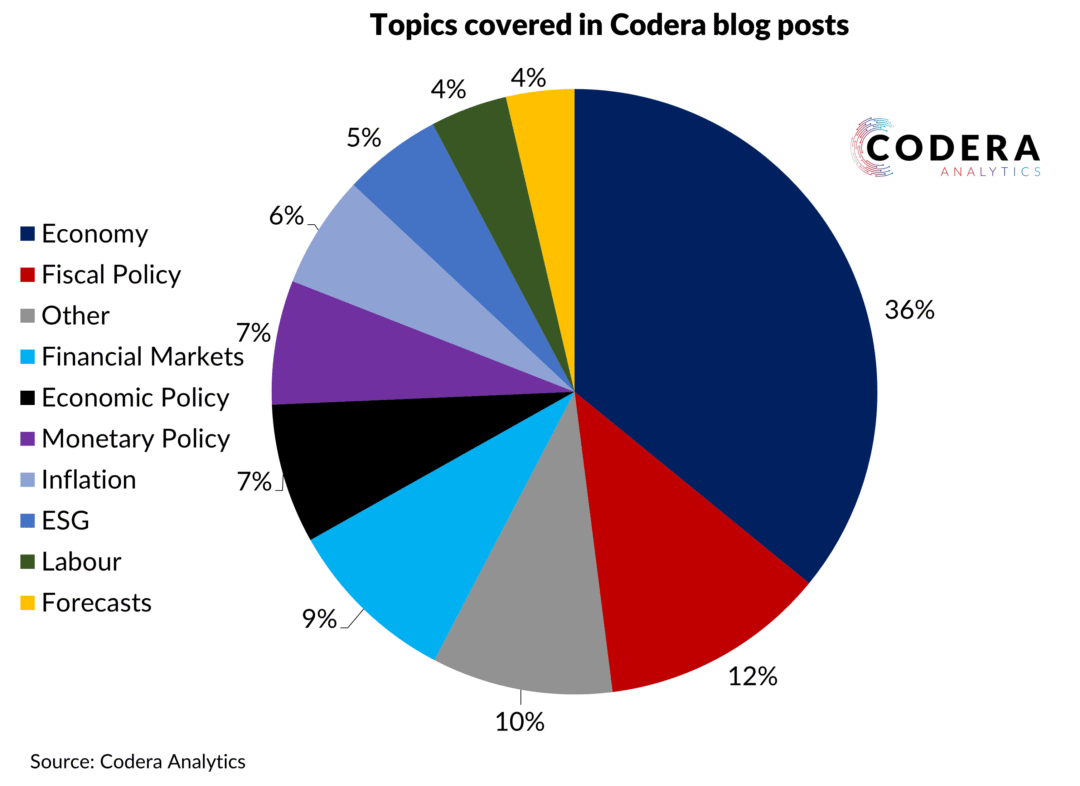Today’s post by Oliver Guest estimates FX hedge ratios for selected major currencies. The hedge ratio describes the sensitivity of forward exchange rate changes to movements in the spot rate and is an important input into the optimisation of hedging strategies. Our estimates are generally close to one for short-dated forward contracts (e.g. 1-month), meaning forward and spot rates move nearly one-for-one. However, as the maturity extends towards 12 months, beta estimates tend to decline, reflecting growing influence from interest rate differentials, risk premia, and market expectations.
For the USDJPY and USDCHF, longer-dated forwards become less tightly linked to the spot rate than for the USDGBP or EURUSD. The strong beta could be attributed to lower interest rates in Japan and Switzerland relative to the US.
The implication is that using a forward contract for the USDJPY and USDCHF may not fully match the responsiveness of exposures. This signals that forward contracts provide less protection over longer horizons. Unless short hedging tenors or dynamic hedging are used, this could leaving some residual currency exposure or require over-hedging at longer horizons.
For the USDZAR, as an emerging market currency, the beta profile is reversed, with the FX hedge ratio rising over forward maturities. There are many possible explanations. As we showed in earlier posts, one likely reason is that high ZAR depreciation risk reflecting macro and political uncertainty (which is higher at longer maturities) that may cause over-reaction of forward rates to spot rate changes. Other possible explanations include is the possibility of lower liquidity in higher maturity forwards, or South Africa’s structurally higher interest rates and inflation.


